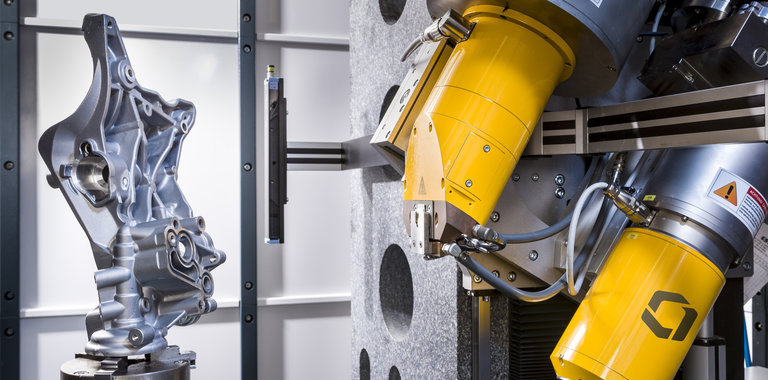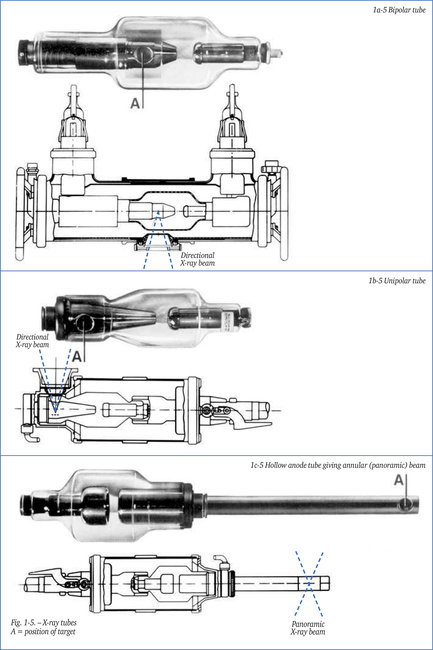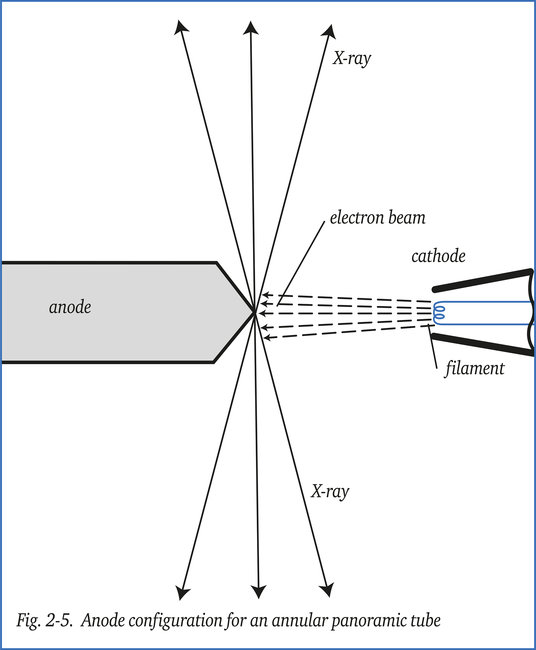
What equipment is used for an X-ray?
X-ray sets are generally divided in three voltage categories, namely:
1. Up to 320 kV, mainly for use on intermittent, ambulatory work. Tubes are generally of the unipolar alternating current type. Higher voltages are hardly possible with this type of equipment because of insulation problems.
2. Up to 450 kV, mainly for use on continuous, stationary or semi-ambulatory work, because of their dimensions, limited manageability and weight. Tubes are of the bipolar direct current type.
3. Up to 10 MeV, so called Megavolt equipment. Virtually exclusively applied to stationary work.
The first two categories are suitable for radiography on most common objects. Objects of extreme thickness, however, require an energy even higher than 450 kV. In this case Megavolt equipment is used, if alternative sources such as Cobalt60 prove unsuitable. It will normally involve stationary installations of large dimensions and high weight. Lately, portable versions have become available meant for ambulatory use.
Types of X-ray tubes
Depending on the shape of the anode, X-ray tubes produce :
a. a beam of radiation in one direction (directional tube)
b. an annular beam (panoramic tube) X-ray tubes are either unipolar or bipolar.
Bipolar tubes
Figure 1a-5 shows a bipolar tube. The bipolar tube has the advantage that the potential difference with respect to earth on both the anode and the cathode is equal to one-half of the tube voltage, which is a great help from the point-of-view of insulation. The exit window is necessarily situated in the middle of the tube. Bipolar tubes usually operate on direct current and are generally air, oil or water cooled. They are designed to operate at voltages of 100 to 450 kV and a tube current of up to 20 mA.
Unipolar tubes
In these (shorter) tubes, as shown in figure 1b-5, the anode is held at earth potential and the cathode only has a potential difference to earth. This makes anode cooling a simpler operation. It also means that for low/medium kilo-voltage sets, up to approx. 300 kV as often used in ambulant applications, a single simpler high voltage supply source will suffice. The radiation window is placed asymmetric which can be advantageous in practice.
Special types of X-ray tubes
Unipolar X-ray tubes with a long hollow anode, as shown in fig. 1c-5, are generally known as “rod anode tube” and can be inserted into pipes or vessels. These tubes produce an annular (panoramic) beam over 360º, so allowing a complete circumferential weld to be radiographed in one exposure. Figure 2-5 shows the conical anode of a (360º) panoramic tube, which allows a circumferential weld to be radiographed centrally, hence uniformly, from within. With this anode the axis of the electron beam must strike the top of the cone in such a way that the center of the generated X-ray beam is perpendicular to the longitudinal axis of the tube.
Note: Anodes shaped so that the center of the generated X-ray beam is not perpendicular (oblique) to the center line of the tube (which was acceptable in the past), are no longer allowed when work is to be performed to official standards. There are also panoramic tubes in which the electron beam is focused over an extended length by means of a magnetic lens or an electrostatic lens (Wehnelt-cylinder) to produce a very small focal spot size. These sets are called micro-focus rod anode tubes with which a very small focal spot size, of less than 10 micrometer, can be achieved. Since the anode can be damaged relatively easy through overheating the anode is usually interchangeable. This requires a separate vacuum unit in order to restore the vacuum after replacement. The advantage of this construction is that with different types of anodes, different radiation patterns can be obtained for special applications. The maximum energy level is usually below 150 kV. However, there are 150 kV micro-focus tubes with a fixed anode for enlarging or scanning purposes, see the section about Image magnification techniques. With these tubes the tube current has to be kept low, because of heat dissipation limitations of the non-interchangeable anode. Some X-ray tubes used in the radiography of plastics and aluminium are equipped with a beryllium window to allow the softer radiation generated at the lower tube voltages of 5 to 45 kV, to pass.



